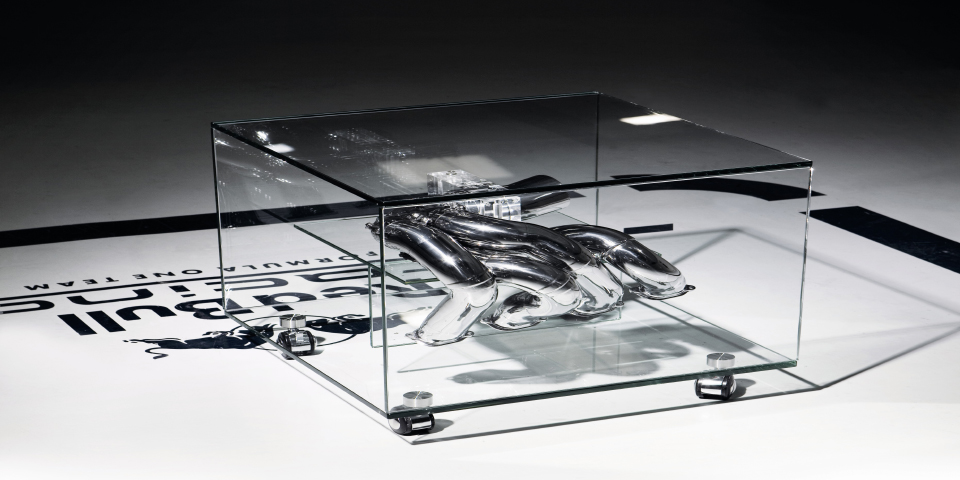Gold Slips with Euro as Israel Joins
From Adrian Ash
Japan in FX Intervention, Monetary Policy “Supports Investment”
THE PRICE OF GOLD for everyone but Australian and Eurozone investors slipped early Monday in spot gold market trade, briefly dipping below $1314 an ounce as silver prices dipped below $22.00 the ounce.
Western stock markets also fell, while US crude oil contracts edged back from $81.50 per barrel and major-economy government bonds rose.
China’s financial markets are closed most of this week for national holidays.
Tuesday brings interest-rate decisions in Japan and Australia, with the European and UK central banks announcing their latest policies on Thursday.
US employment data – often a key driver of Dollar direction – then follows on Friday.
“Overall, we remain bullish for both gold and silver,” says the finance division of Swiss refiners MKS. But “Typically, October isn’t a good month for gold and silver…with gold losing an average of 0.5% and silver dropping 1.1%.
“We will have to wait and see if this October will turn out to be an exception or not.”
Noting the continued lull in spot gold’s daily price volatility, “We’ll need to see a significant move – perhaps a deep retracement – for interest to pick up on this front,” says one London dealer.
One month after research from the Bank of Israel said its currency-market interventions of 2008 and 2009 were successful in weakening the Shekel, sources said Monday that the central bank had actively bought US Dollars again this morning, hoping to support the greenback and so boost Israeli exports.
Finance minister Yuval Steinitz told reporters that he backed forex intervention if it’s done “wisely and jolted the market.”
Over in Tokyo – and less than three weeks after Japan stepped into the forex market to devalue its currency for the first time in 6 years – “The current moves are too speculative, and as a result the Yen is rapidly becoming too strong,” said Japan’s chief cabinet secretary, Yoshito Sengoku, at the weekend.
The Yen today pushed closer to last month’s 15-year highs, rising to ¥83.21 per Dollar.
Meantime in Frankfurt, “The [rising] Euro is the single biggest risk to our bullish Eurozone growth forecast,” says Goldman Sachs’ chief European economist, Erik Neilsen, today.
“In practice, the European Central Bank won’t do or say anything special on Euro strength at this stage,” reckon UniCredit’s currency analysts of Thursday’s policy statement, “but they know that Euro appreciation has the potential to become a threat if sustained.”
The Euro currency today slipped back from new 7-month highs to the Dollar, dropping 1¢ from last week’s peak above $1.38.
French and German investors wanting to buy gold today saw the price rise 0.7% from Friday’s 7-week closing low, briefly touching €30,970 per kilo.
“We expect support to remain in place, mainly from gold investment demand,” writes Walter de Wet at Standard Bank today.
“But elsewhere in the market, strong resistance to a higher gold price is building,” he says, pointing to weak jewelry demand amidst India’s typically busy post-harvest festival season, plus “rising volumes of scrap gold coming to market.”
Noting the mere 0.70% real yield now implied on inflation-linked US Treasury bonds for the next decade, however, “A lower implied real yield favors gold investment,” de Wet adds.
“Furthermore, our measure of global liquidity continues to rise, supporting the current high gold price.”
Friday saw the world’s largest single exchange-traded gold fund – the SPDR Gold Trust – shed two tonnes of the bullion needed to back its shares, taking the total back to almost unchanged for the week at 1302 tonnes.
In the derivatives market, in contrast, the total number of US Comex gold futures and options contracts now open rose to a new all-time record above 840,000 – some 0.5% greater than May’s previous peak – new data showed.
The “net long” position held by “speculative”, non-industry players (such as hedge funds, as well as private individuals) also rose in the week-ending last Tuesday night, but it remained 6 tonnes below the all-time peak of 1021 tonnes equivalent, reached in October 2009.
On other side of the trade, the so-called “smart money” of commercial, gold-industry players in US gold futures – meaning miners, refiners, and bullion banks – continued to hold a bearish position, with almost 39% of the contracts they held backing a fall in the price.
That ratio – though higher than the 5-year average of 35% – remained in line however with the last two years’ average.
Adrian Ash
Gold price chart, no delay | Buy gold online at live prices
Formerly City correspondent for The Daily Reckoning in London and head of editorial at the UK’s leading financial advisory for private investors, Adrian Ash is the editor of Gold News and head of research at BullionVault – winner of the Queen’s Award for Enterprise Innovation, 2009 and now backed by the mining-sector’s World Gold Council research body – where you can buy gold today vaulted in Zurich on $3 spreads and 0.8% dealing fees.
(c) BullionVault 2010
Please Note: This article is to inform your thinking, not lead it. Only you can decide the best place for your money, and any decision you make will put your money at risk. Information or data included here may have already been overtaken by events – and must be verified elsewhere – should you choose to act on it.













